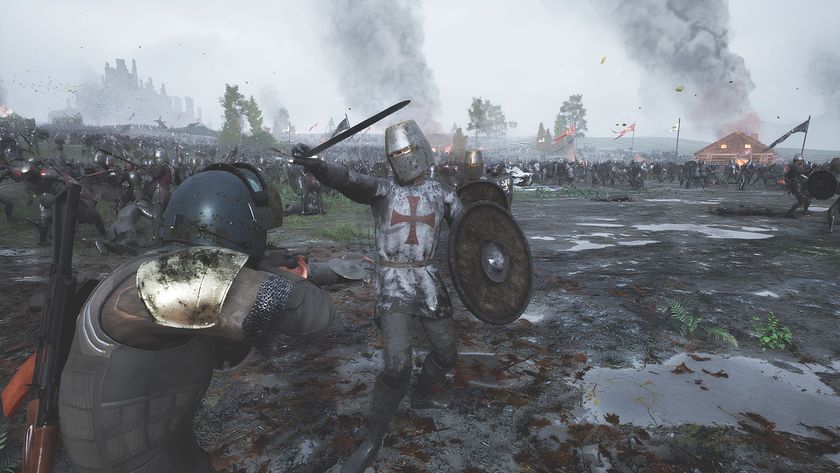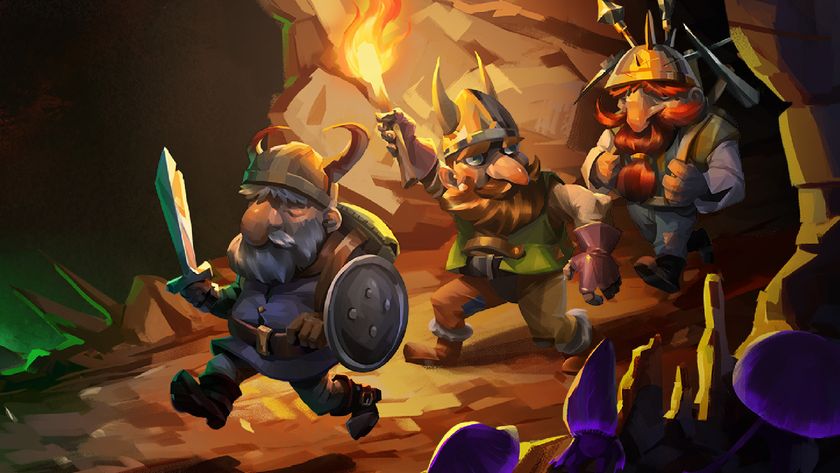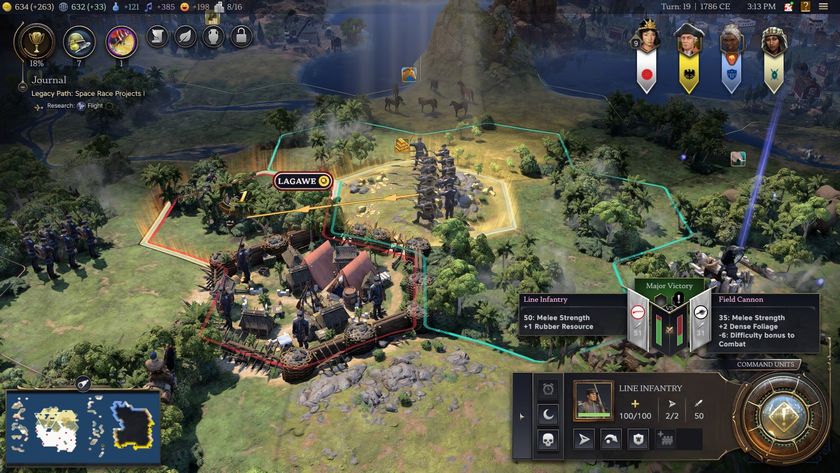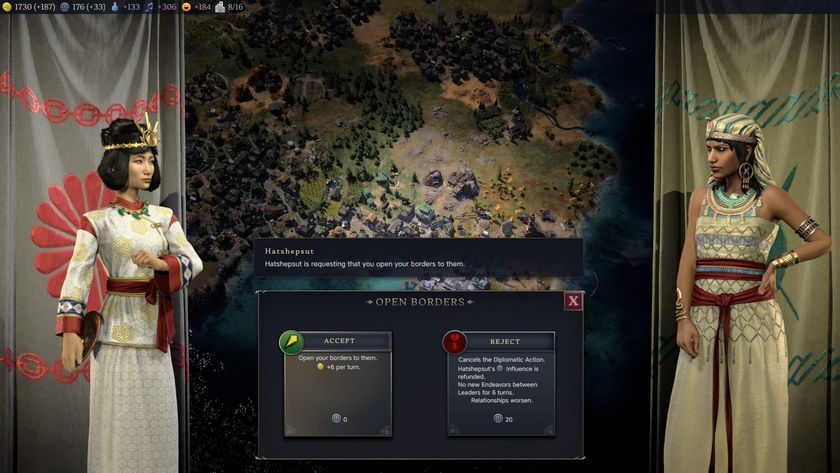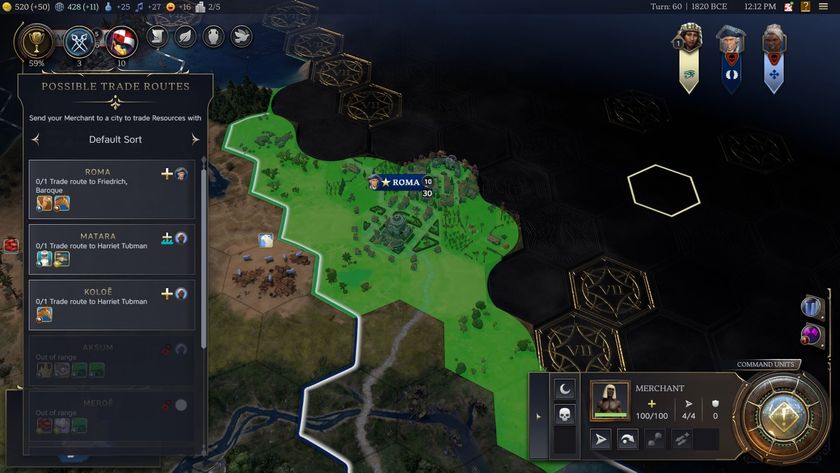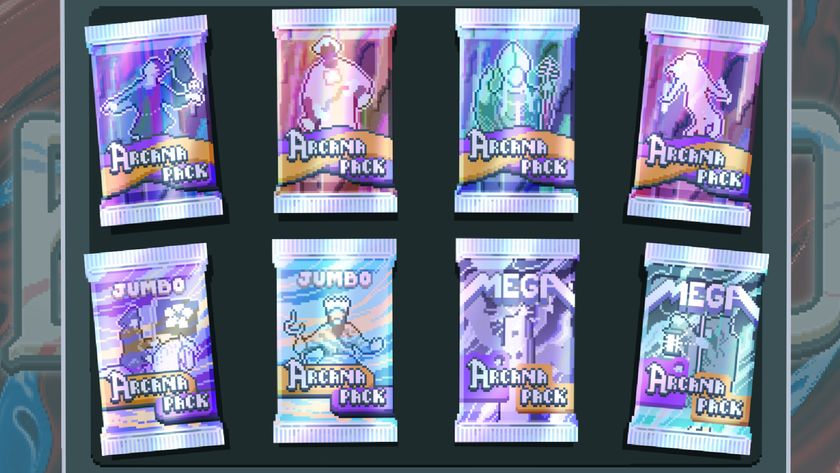Warhammer 40,000: Dawn of War 2
The brutal strategy series breaks new ground, then soaks it in blood
They’ll need every bit of firepower they can get, because the battlefield of the Warhammer 40K universe is a brutally violent place, and never has it been more graphically or beautifully rendered than in Dawn of War II. Using a modified version of the Essence engine that powered Company of Heroes, Relic has created strikingly detailed characters and environments and significantly amped up the carnage. The new take on ranged combat is more realistic and more deadly than in the first game. DoWII expands on the advances made in CoH, such as an emphasis on using environmental cover and tactics rather than out-producing and overwhelming your enemy. Caught out in the open, your troops will quite literally be shredded to pieces by an entrenched opponent, but even the best position won’t make you invincible; cover can be demolished with grenades, circumvented with a flanking maneuver, ignored with flame throwers, or rushed by melee-specialist units.
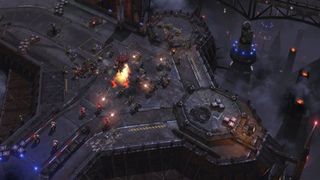
And if the melee specialists get hold of your ranged units, you’ve got a blood bath - again, in a very literal sense - on your hands. Melee combat in the Warhammer 40,000 universe is a bloody and vicious affair, with savage finishing moves that the team affectionately refers to as “blood pinatas,” because they often involve tossing an enemy into the air and slicing, dicing, and/or shooting them to pieces before they hit the ground. That proud tradition will continue in DoWII, with the help of some technical upgrades to the Essence engine that create an even more brutal world. In addition to the fancy new lighting and shader effects that allow greater levels of unit detail without adding framerate-punishing polygons, tighter integration with Havok physics software lets a large unit like the Space Marines’ Behemoth mech pick up an Ork and throw it into a group of oncoming enemies, knocking them down like bowling pins and smashing them into (or through) a wall behind them. The game treats the thrown Ork as a projectile, letting it interact with other characters and the environment.
Unlike other RTS troops, you won’t need to hold your Marines’ hands every step of the way - Relic has instilled them with a lifelike sense of self-preservation. “When we were developing Company of Heroes, we had this mantra: no more toy soldiers. Dawn of War II is: no more toy Space Marines. These are real freakin’ Marines - they know how to react under pressure,” says Noseworthy. Squads under fire from enemy soldiers or artillery will automatically seek nearby cover, and units with flight or jumping capabilities will fly to safety when a bridge they’re standing on is destroyed - the sort of behavior you’d expect of a real soldier who doesn’t have a death wish.
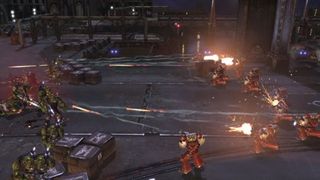
The first Dawn of War game proved that you didn’t need to be versed in the mythology of the Warhammer 40,000 universe to have a blast playing in it. With the second, Relic plans to weave that same joy of carnage into some compelling concepts aimed at revitalizing the real-time strategy genre itself. Relic’s own exceptional track record has set the bar almost impossibly high, but from the polished look the game has to it already - a year before its scheduled release - it appears the team has every intention of clearing it.
Jun 6, 2008
Sign up to the 12DOVE Newsletter
Weekly digests, tales from the communities you love, and more
